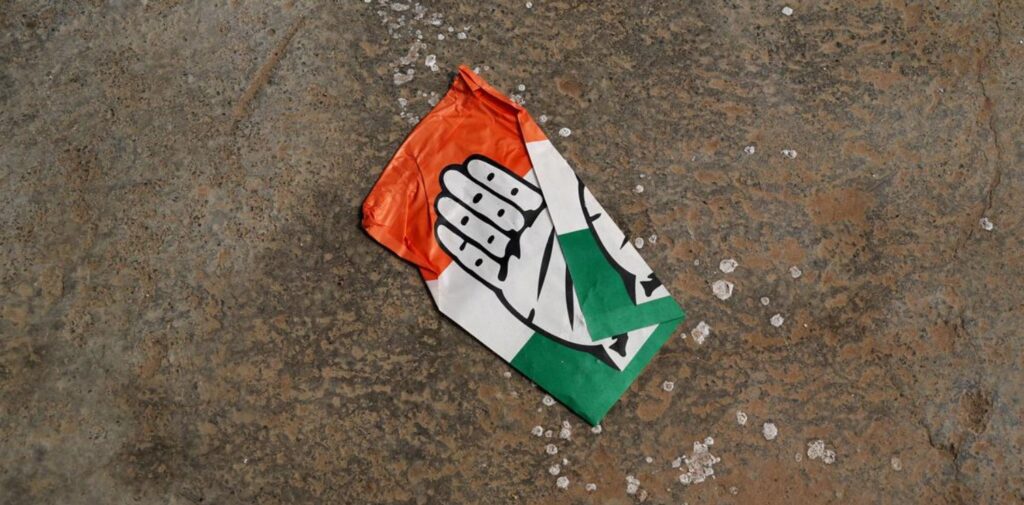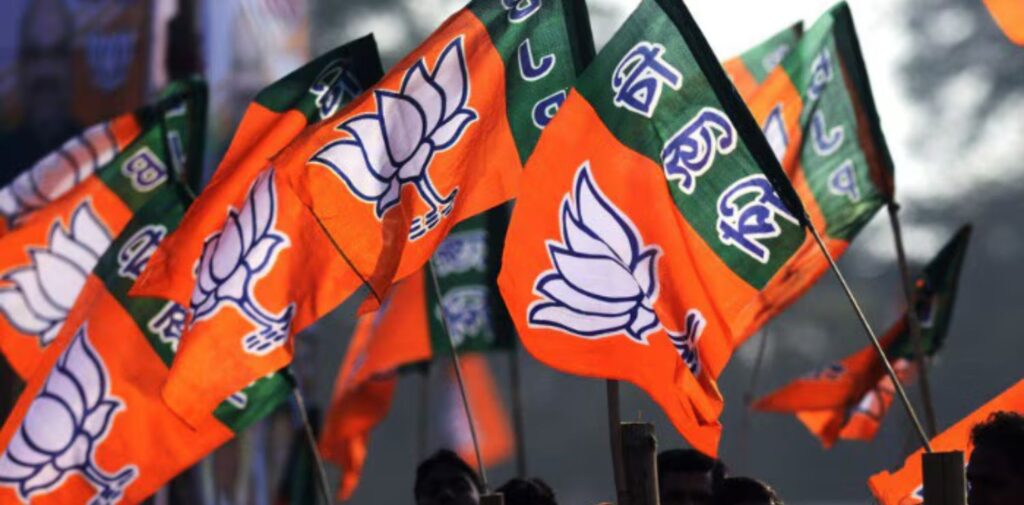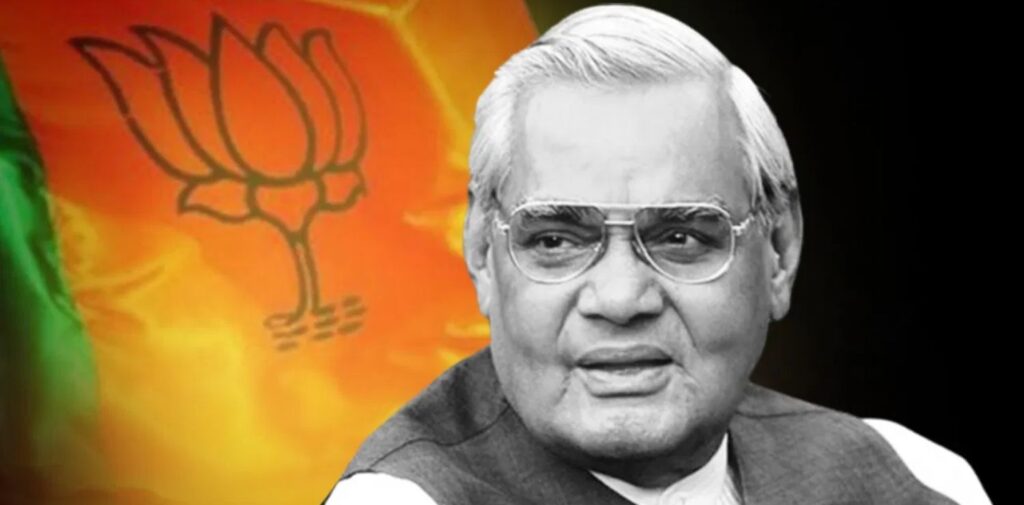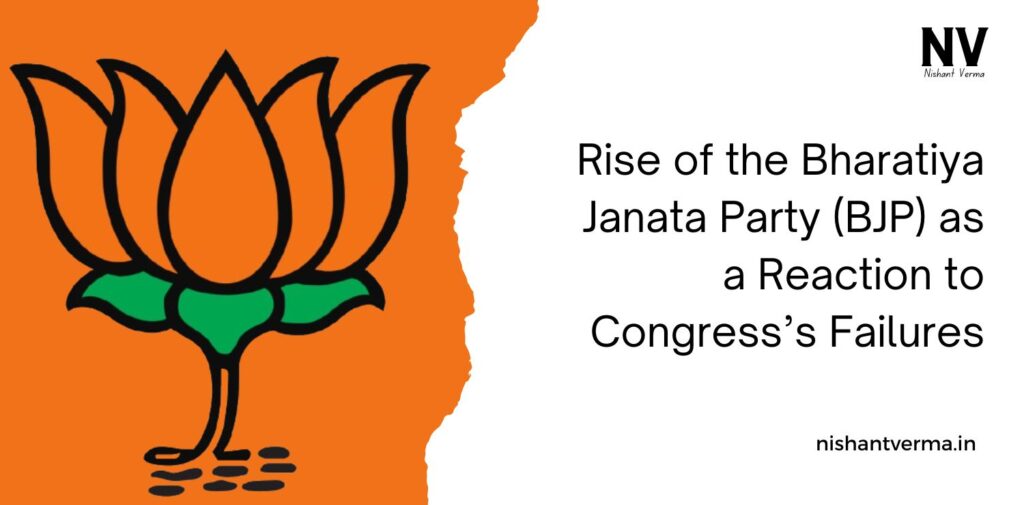The Bharatiya Janata Party (BJP) is one of the most powerful political parties in India today. Its rise to prominence, especially in the last few decades, has been a significant shift in India’s political landscape. Much of the BJP’s rise can be understood as a reaction to the perceived failures of the Indian National Congress (INC), the party that led the country’s independence struggle and dominated Indian politics for much of the post-independence period. This article explores how Rise of the Bharatiya Janata Party is linked to the shortcomings of Congress, focusing on political, economic, and social issues that have shaped the Indian political narrative.
The Dominance of Congress and Its Decline
After India gained independence in 1947, the Congress Party, led by Jawaharlal Nehru, became the central force in Indian politics. For the next several decades, the Congress remained the dominant political party, with leaders like Indira Gandhi and Rajiv Gandhi carrying forward Nehru’s vision of a secular, socialist, and democratic India. However, over time, Congress’s monopoly on Indian politics began to weaken due to several factors.
The first major blow to the Congress came with Indira Gandhi’s rule in the 1970s. Although she is credited with strengthening the nation in many ways, her authoritarian approach, such as declaring the Emergency in 1975, alienated many sections of the population. The Emergency was a period when civil rights were suspended, opposition leaders were imprisoned, and political dissent was crushed. This created widespread disillusionment among the people.
In the years that followed, Congress’s internal factionalism, corruption scandals, and ineffective governance led to a decline in its appeal. Under the leadership of Rajiv Gandhi in the 1980s, the party had hopes of revitalizing India, but his tenure was marred by scandals such as the Bofors scandal, which involved allegations of corruption in defense deals. The Congress government’s failure to deal with issues of economic inequality, unemployment, and rising inflation created a sense of discontent among the masses.
While Congress remained in power for much of the post-independence period, its grip on power started to loosen in the late 1980s and early 1990s. The Congress faced increasing competition from regional parties and new ideological groups. The Congress’s failure to adapt to India’s changing social and economic needs, along with its reliance on dynastic politics, paved the way for the emergence of new political forces. One such force was the Bharatiya Janata Party (BJP).

The Formation and Ideology of the BJP
The BJP was formed in 1980, after splitting from the Janata Party, which had come to power in the 1977 elections following the Emergency. Initially, the BJP’s main ideology was rooted in Hindu nationalism, a vision that aimed to reclaim India’s cultural heritage and values. This ideology was strongly associated with the Rashtriya Swayamsevak Sangh (RSS), a right-wing Hindu organization that played a key role in the BJP’s development. The BJP’s leadership, particularly figures like Atal Bihari Vajpayee and Lal Krishna Advani, wanted to shift the political discourse from Congress’s secularism to one that emphasized Hindu culture and religion.
The BJP’s rise can be seen as a direct challenge to Congress’s secular and socialist policies. The Congress Party, especially under leaders like Nehru, had worked hard to present India as a nation where all religions were treated equally. The BJP, however, argued that this secularism often ignored the importance of Hinduism as a cultural and religious identity, which they believed was central to India’s history.

The BJP’s Appeal to the Disillusioned Voter
The BJP’s rise to power was primarily a result of the failure of Congress to meet the expectations of large sections of the Indian electorate. While Congress tried to maintain its dominance by appealing to various social groups, it was often seen as disconnected from the needs of the common people. The BJP capitalized on this disillusionment by offering an alternative vision that resonated with various sections of society.
Hindu Identity and Cultural Revivalism
One of the most significant factors contributing to the rise of the BJP was its emphasis on Hindu identity. In the 1980s and 1990s, the BJP began focusing on issues like the construction of a Ram temple in Ayodhya, which became a central issue for the party. The destruction of the Babri Masjid in 1992 by Hindu activists, though controversial and violent, was seen by many as a symbol of the struggle for Hindu rights. The BJP effectively mobilized Hindu sentiments and used this issue to create a strong base of support.
The Congress Party, on the other hand, had long been associated with secularism, and it was often seen as being less supportive of Hindu religious sentiments. This alienated a significant portion of the Indian population, particularly in rural areas where Hindu traditions were deeply ingrained in everyday life. The BJP’s emphasis on Hindu cultural pride and its appeal to religious sentiments resonated with millions who felt that their identity was not being adequately represented by Congress.
Economic Policies and Market Reforms
The economic policies of Congress also played a significant role in the rise of the BJP. After the 1991 economic crisis, when India faced a severe balance of payments problem, Congress, under the leadership of then-Prime Minister P.V. Narasimha Rao and Finance Minister Manmohan Singh, introduced economic reforms aimed at liberalizing the economy. While these reforms were necessary for India’s growth, they also led to a widening gap between the rich and the poor. The new market-based economy created winners and losers, and many people, especially from rural areas, felt left behind.
The BJP, under leaders like Atal Bihari Vajpayee, presented an alternative vision of economic growth that would be inclusive and benefit all Indians. The BJP combined pro-market policies with a message of national pride, arguing that India’s potential had been stifled by decades of Congress-led socialism and bureaucracy. This rhetoric of empowerment resonated with many voters who believed that Congress had failed to deliver tangible benefits to the masses.
Corruption and Governance Failures
Another significant reason for the rise of the BJP was widespread dissatisfaction with Congress’s corruption scandals. Over the years, many Congress leaders were involved in corruption cases, and the party’s image became increasingly tarnished. The BJP, with its slogan of “India Shining,” portrayed itself as a cleaner, more efficient alternative to the corrupt Congress government.
The BJP successfully capitalized on the public’s frustration with Congress’s governance by offering itself as the party that would bring good governance and transparency. The BJP’s promise to eliminate corruption and improve governance won it the support of voters who were disillusioned with Congress’s inability to tackle issues like unemployment, inflation, and inequality.

The BJP’s Rise to Power
The BJP’s breakthrough came in the 1990s. The party made significant inroads in the 1996 general elections, emerging as the second-largest party in the Indian Parliament. In 1998, the BJP, under the leadership of Atal Bihari Vajpayee, formed its first government at the center, albeit with a short-lived tenure. The BJP’s rise to power became complete in 1999, when it won the general elections and formed a stable government under Vajpayee’s leadership.
During Vajpayee’s tenure, the BJP not only strengthened its position in Indian politics but also worked on a vision of economic growth, infrastructure development, and a strong national defense. The party’s performance during this period showed that it was a serious contender for power and offered a clear alternative to the Congress.
Conclusion: Rise of the Bharatiya Janata Party
The rise of the Bharatiya Janata Party (BJP) can be seen as a direct reaction to the failures of the Congress Party. As Congress struggled with issues of corruption, poor governance, and a failure to represent the cultural sentiments of many Indians, the BJP filled the vacuum by offering a more decisive, nationalistic, and pro-Hindu agenda.
By capitalizing on the disillusionment of the Indian masses, the BJP was able to challenge Congress’s long-standing dominance and emerge as a major political force in India. While the BJP’s rise is also a result of its own strategic planning and leadership, it is undoubtedly tied to the decline of Congress’s influence and its inability to adapt to the changing needs and aspirations of the Indian people.




